Once you’re done drilling the holes in the mortar, grab a hammer and chisel and begin striking the joints. Start with the sides, then move on to the bottom and lastly the top. If the mortar is limestone-based, you may be able to use a masonry saw to work your way along the lines, severing it from the surrounding wall. Once you break off all the mortar, the brick should most likely become loose.
Remove the Brick
As the brick breaks loose, you may start pulling it outwards. Using a screwdriver and a masonry chisel, carefully pry the brick from both sides until it’s pulled out far enough to grip it by hand. Then, wiggle the piece around while extracting it till it comes out.
Scrape Out the Remaining Mortar
Once the brick is out, use the hammer and the chisel or an old screwdriver to chip and scrape out the remnants of the mortar along the opening. Make sure to be extra careful as to not damage the surrounding brickwork. If you plan to reuse the newly removed brick, you may want to clean off any remaining mortar using the aforementioned tools.
Finding a Replacement Brick
Unless you’re removing a brick for functional purposes, you’ll obviously need a replacement for the damaged piece. It’s imperative that the replacement you find matches the existing brickwork — especially in the case of an indoor feature wall. Even if it doesn’t personally bother you, it can be an issue if you were to sell your house in the future.
The difficulty of finding a replacement brick depends on several factors. These include the age of the brick, the manufacturing location, and the company that manufactured it. If you live in a relatively new property, you can most probably get a brick from the construction company. If the house is older than 15 years or so, your best bet is an architectural salvage yard or a brick supplier. For bricks that are unique, however, you may have to dig a little deeper. In this case, consider looking for companies that specialize in custom-made bricks.
Besides the brick, you will want the new mortar to match the rest of the wall. Otherwise, it will be standing out like a sore thumb. Ultimately, the color of the new mortar comes down to that of the sand and cement you’re using. This process may involve a good deal of trial and error by mixing various types and shades of the materials. Fortunately, an easier way around this involves using special tints and dyes to obtain the desired color.
Tip: If you are replacing a brick only because it is stained, consider simply turning it around to the clean side and laying it back in.
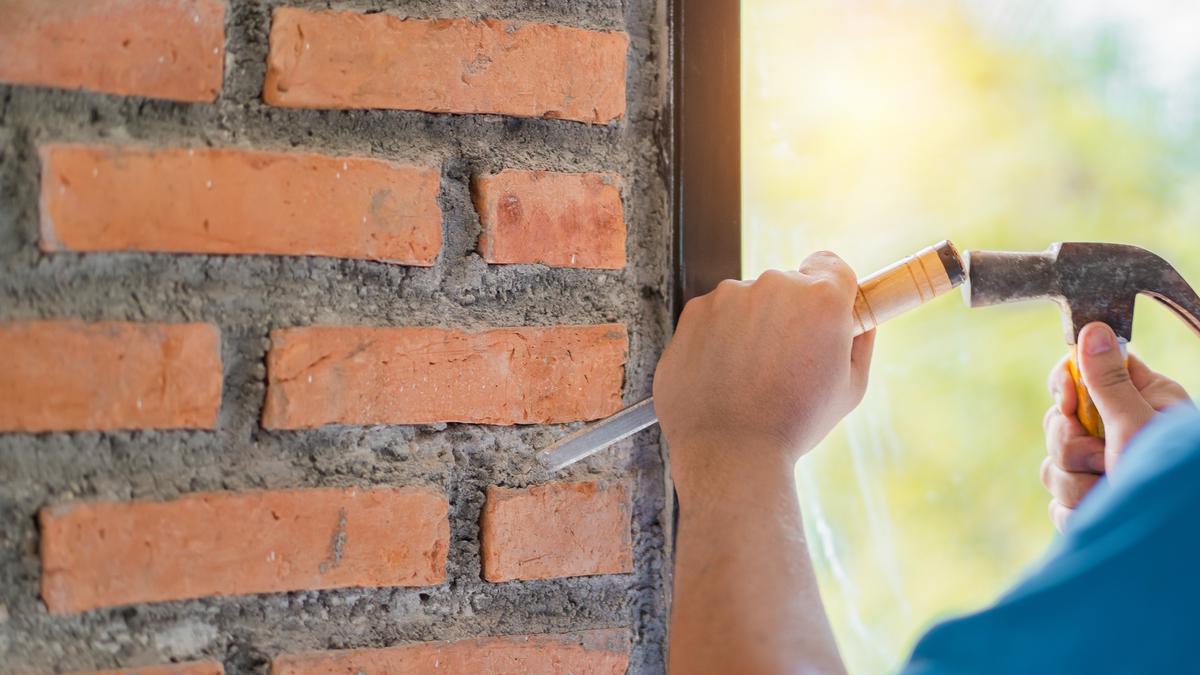
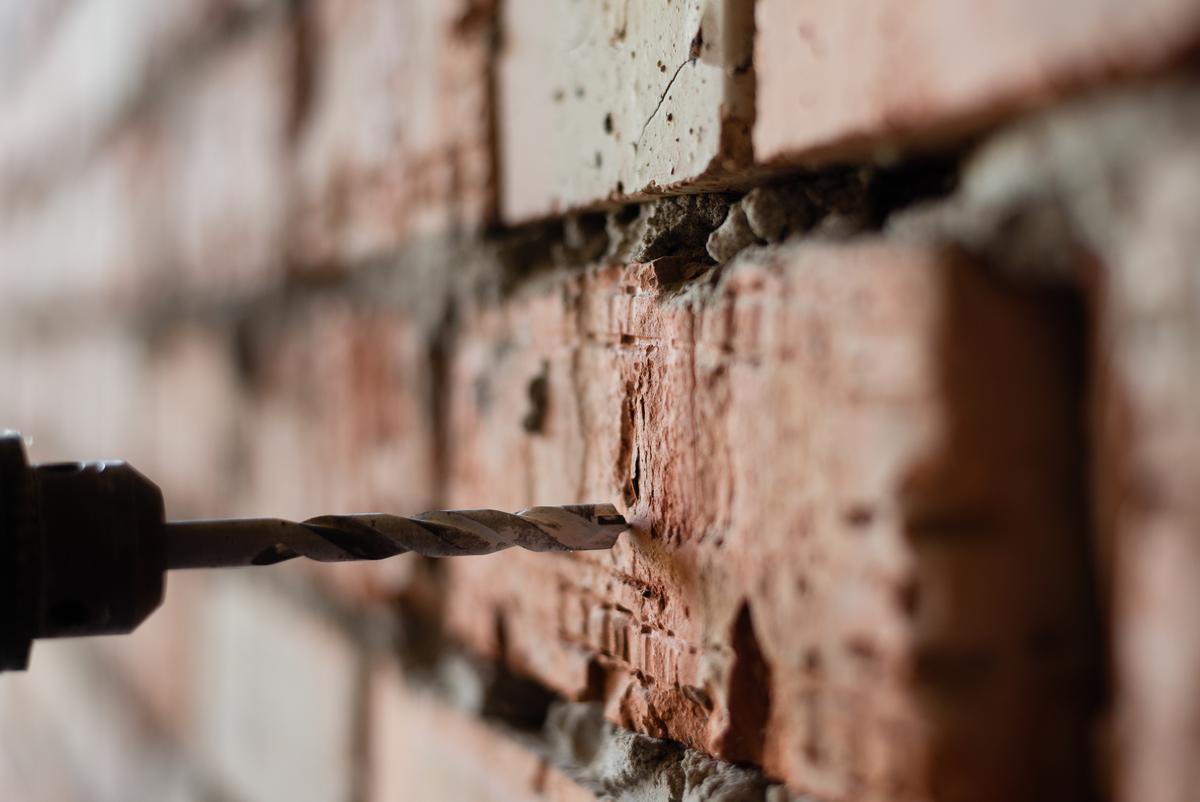
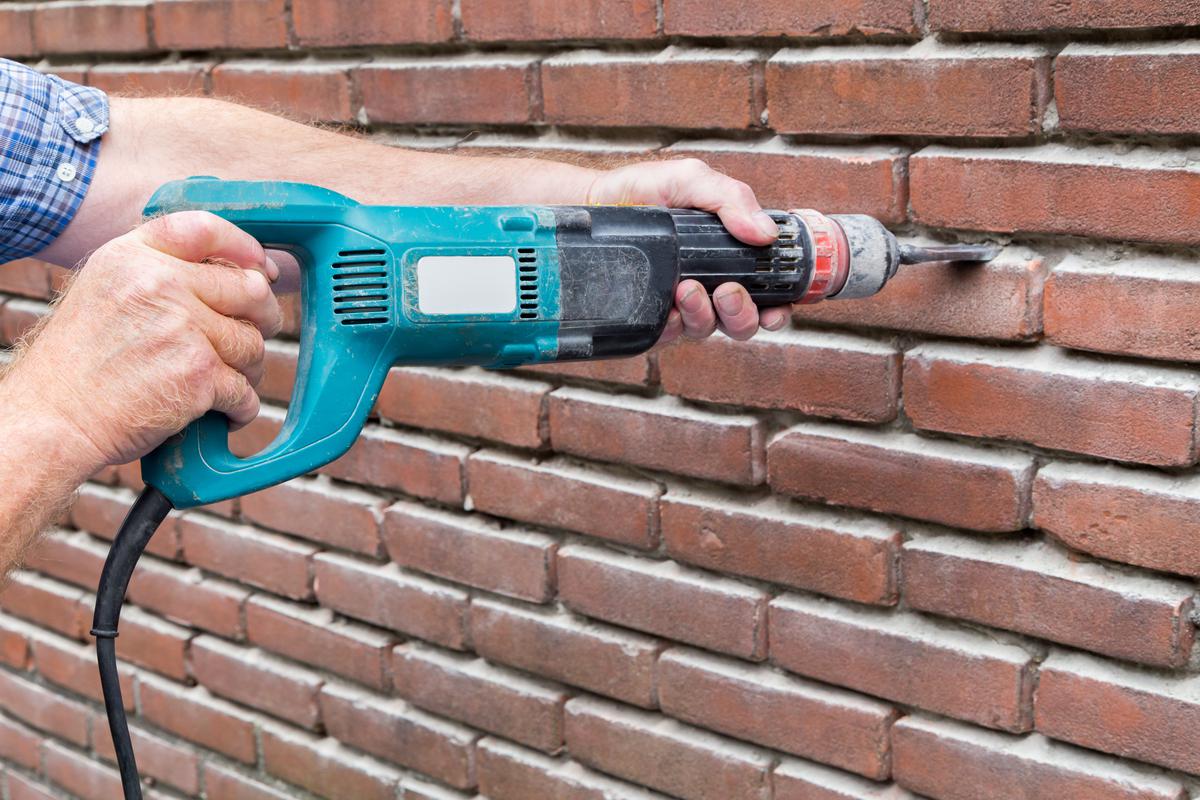
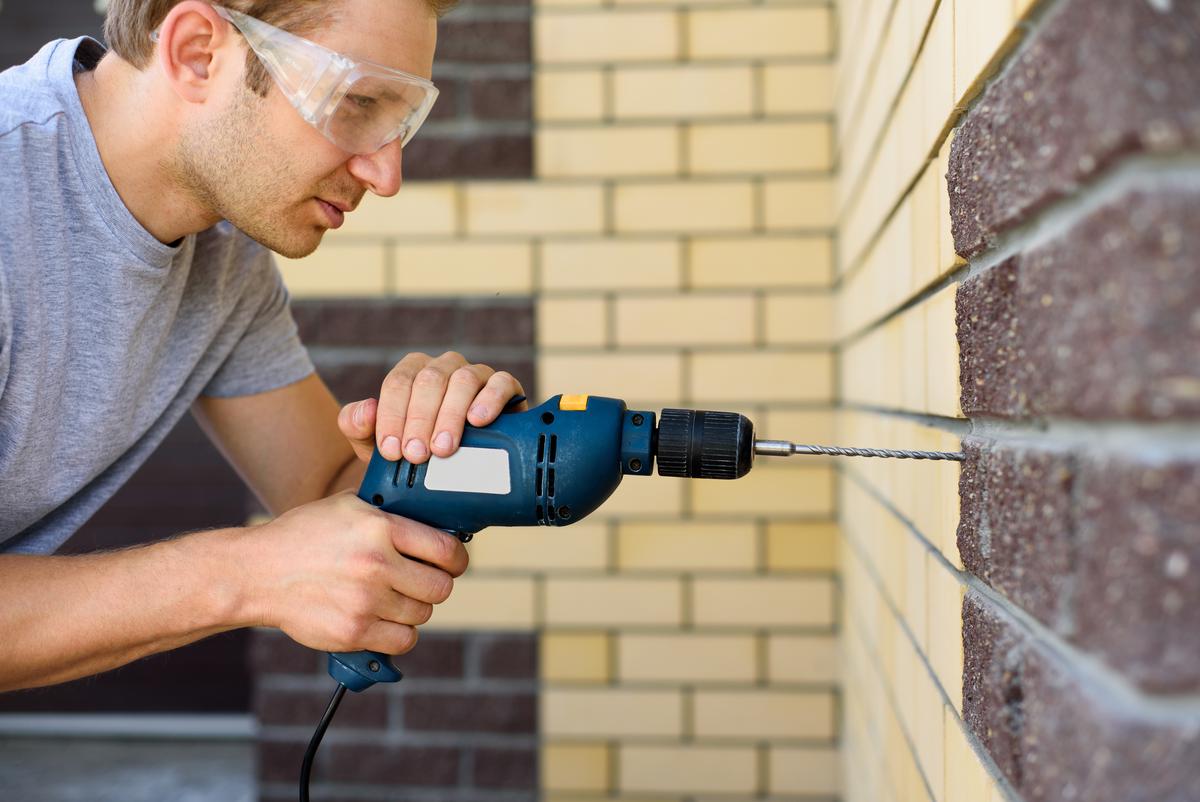
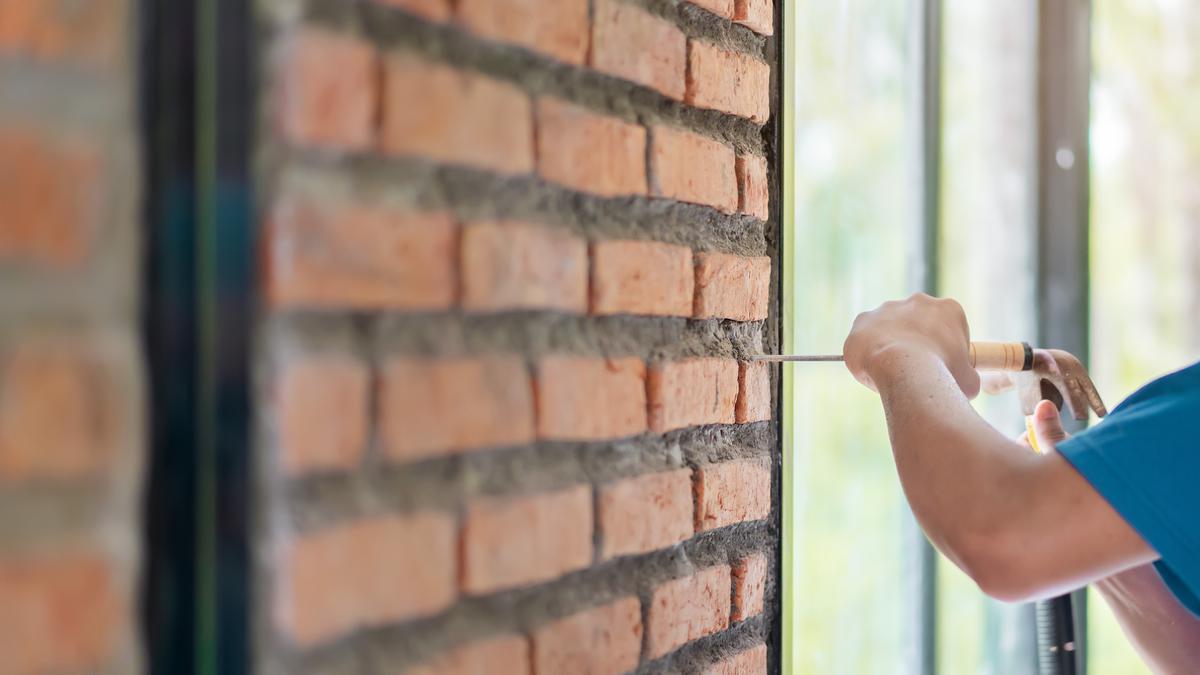



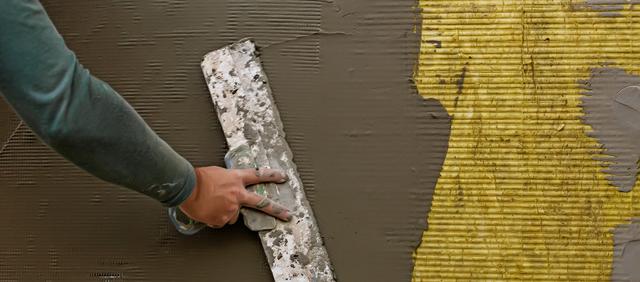
comments